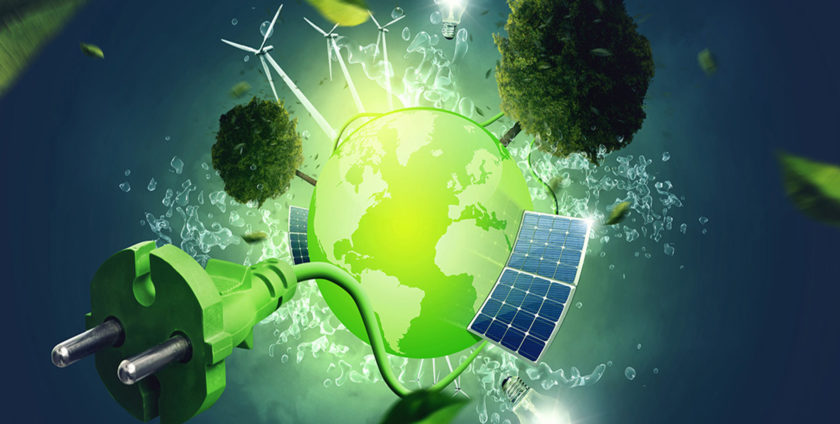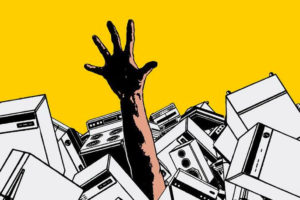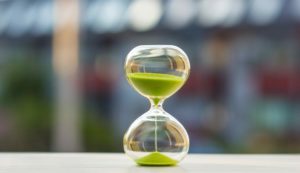

Today’s economy is torn between heart and reason, between this attachment to green and ecological growth and the difficulty in developing strategies to strengthen the bridge linking the economy to the environment. In the midst of this dilemma, a green economy has risen from the ashes of a utopia of other times.
According to ADEME, the green economy brings together traditional activities carried out with less polluting processes, and eco-activities, the purpose of which is the protection of the environment or the management of natural resources.
The green economy is a new economic model that aims for sustained growth in income and employment, while contributing to the reduction of carbon emissions and pollution. Thus, switching to this green model seems essential in order to ensure sustainable development by considering the environment as a lever for economic growth and human well-being.
By virtue of its omnipresent nature, the economy is positioned as the strong link, capable of ensuring an ecological transition. We find that the economic sector feeds the ambitions of consumers, producers, public authorities and finance.
The economy is then the conductor which must align with the rhythms of ecology in order to conduct actions that work in favor of the preservation of the planet.
In this article, we will deal with the subject from different angles by leaning towards the following axes:
– How Generation Z is experiencing the ecological crisis
– What modeling will switch us towards a green economy
– Possible solutions for a successful green economy
An indifferent or worried youth?
In a world disrupted by the climate crisis and ecological issues, concerns are growing about an uncertain future and young people are more concerned about the environment than about unemployment.
Often criticized, young people show themselves to be more endowed with an ecological conscience. This generational segment increasingly calls for an economy that is more responsible for the planet. Such values, often referred to as European, cannot prosper without economic support. Hence the many calls for a European agreement on the issue.
Today young people are ready to act, to become the change they want to see in the world. But behind this goodwill lies an atrocious reality: young people sometimes feel powerless and denounce the lack of involvement on the part of governments and businesses. Saving the planet is a collective responsibility, taking up the torch alone is not enough!
Green youth aspire to live in a world where companies and institutions take concrete action for the environment. They want to see progress, witness positive developments in companies, and not feel like they are the only ones taking action. Their motivation would translate into a change in buying behavior if given the opportunity. However, faced with this desire to create change and their ecological convictions, there is a budget obstacle that is sometimes limited.
A new way of doing business
At the heart of the news, ecology is the subject of close scrutiny. Environmental issues are of concern to the planet and calls are increasing in favor of responsible business behavior. Green entrepreneurship has therefore come to the rescue!
This new trend aims to bridge the gap between theoretical knowledge and the productive tool. It promotes a transition to a green economy that respects the environment and ecosystems. From a broader perspective, green entrepreneurship is part of the economic sphere with an ambition to establish a general awareness of the environmental issues that threaten our planet Earth. This initiative takes into account the objectives of sustainable development through the green economy.
According to the UNEP definition, green entrepreneurship results in improved human well-being and social equity, in addition to reducing environmental risks.
Green entrepreneurship is a new and evolving economic dynamic. This messiah with his futuristic vision brings concrete solutions intended to restore the ecosystem and limit waste. Green entrepreneurs are now convinced pioneers of the need to change models towards a green and sustainable economy.
However, although green entrepreneurship is booming and young entrepreneurs are carriers of original and interesting initiatives, these remain unknown and they often do not receive support. It is therefore necessary to promote and enhance green projects and encourage young people to adopt the principles of the green economy.
The green factory implies a rationalization of production
Although the economy cannot break away from factories, it cannot survive without environmentally responsible activity. From this perspective, the fields of action of factories must be in line with the principles of ecology. This concerns the management of energy and material resources, the minimization of waste and its reuse.
In this sense, the rationalization of production calls for the use of advanced technologies, such as digital tools replacing paper media. An element that improves efficiency and reduces waste, like paper.
Thus, the rationalization of production can only be part of a continuous improvement process.
What solutions for a greener economy ?
Any growth policy must have green growth as an integral part. Not only does it ensure a more sustainable transition, it also unlocks new growth engines.
To achieve this, an improvement in productivity is required by encouraging responsible use of natural resources and waste reduction.
Higher value is presented by freeing up opportunities for innovation and value creation and the allocation of resources to uses.
We must put our finger on the fact that strategies relating to green growth must be consistent with the specificities of each country. They must pay close attention to the way in which any potential arbitration is handled, to make the best use of synergies, especially between green growth and poverty reduction. To this end, it is in another sense to make more efficient infrastructure accessible to the population, to tackle the health problems associated with environmental degradation and to introduce efficient technologies in order to reduce costs and increase productivity, while reducing environmental pressures.
For green growth strategies, focusing on GDP as the main measure of economic progress sets aside the contribution of natural assets to several areas such as wealth, health and well-being. These measures must also take into consideration the quality and composition of growth, as well as how this affects the wealth and well-being of populations.
Latest posts
Join us
What are we doing ?
Be the first to read our articles
monthly Newsletter


